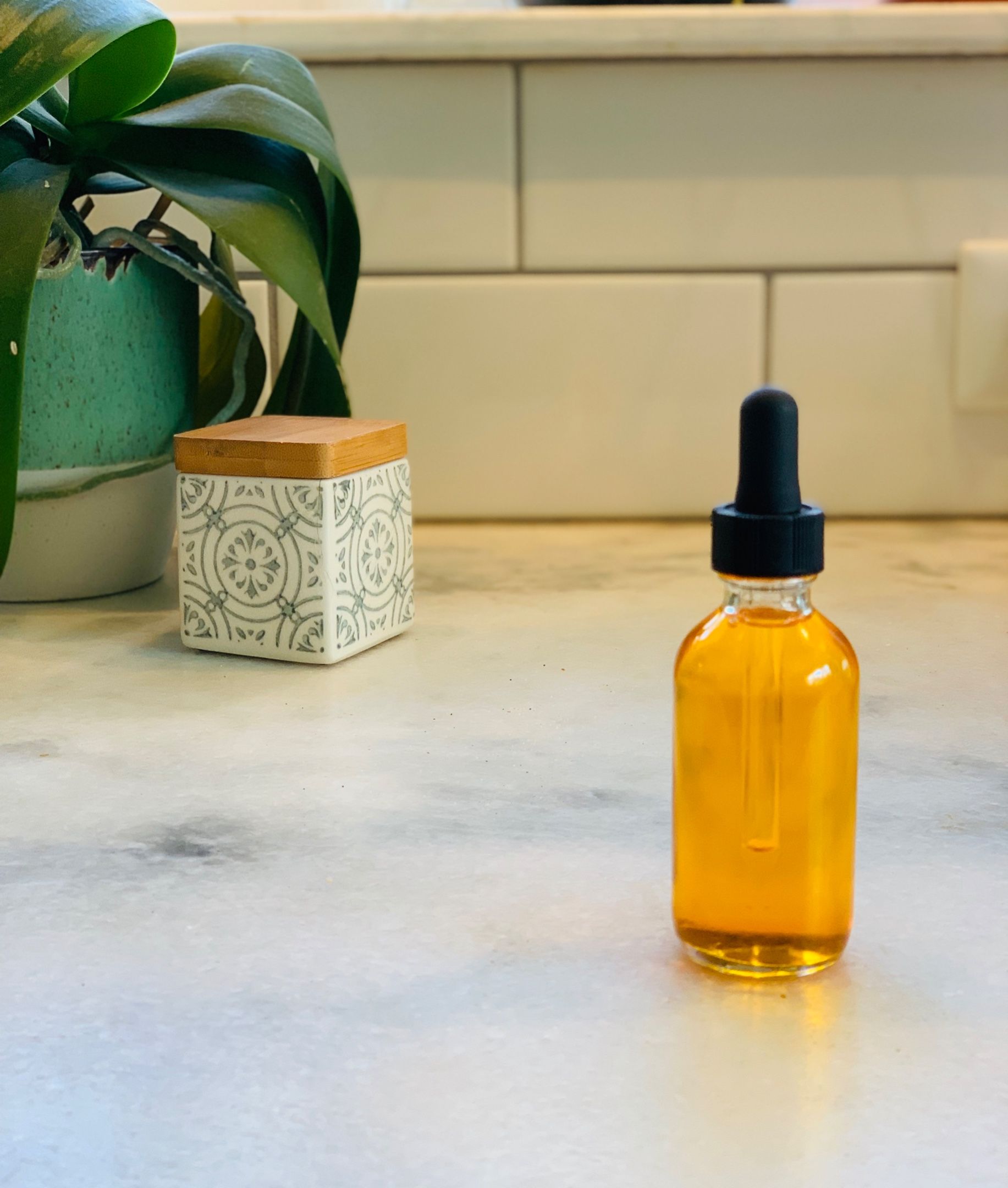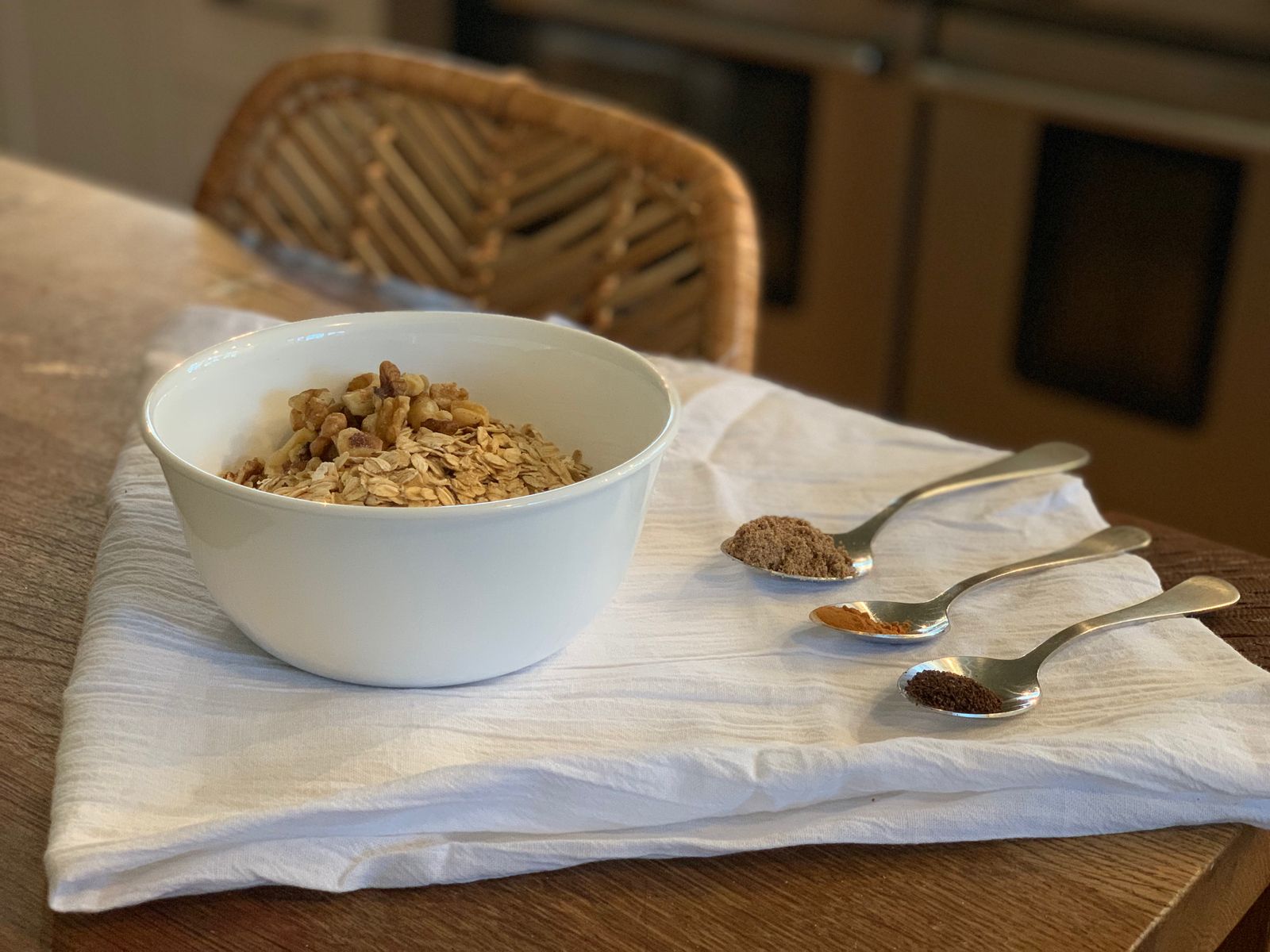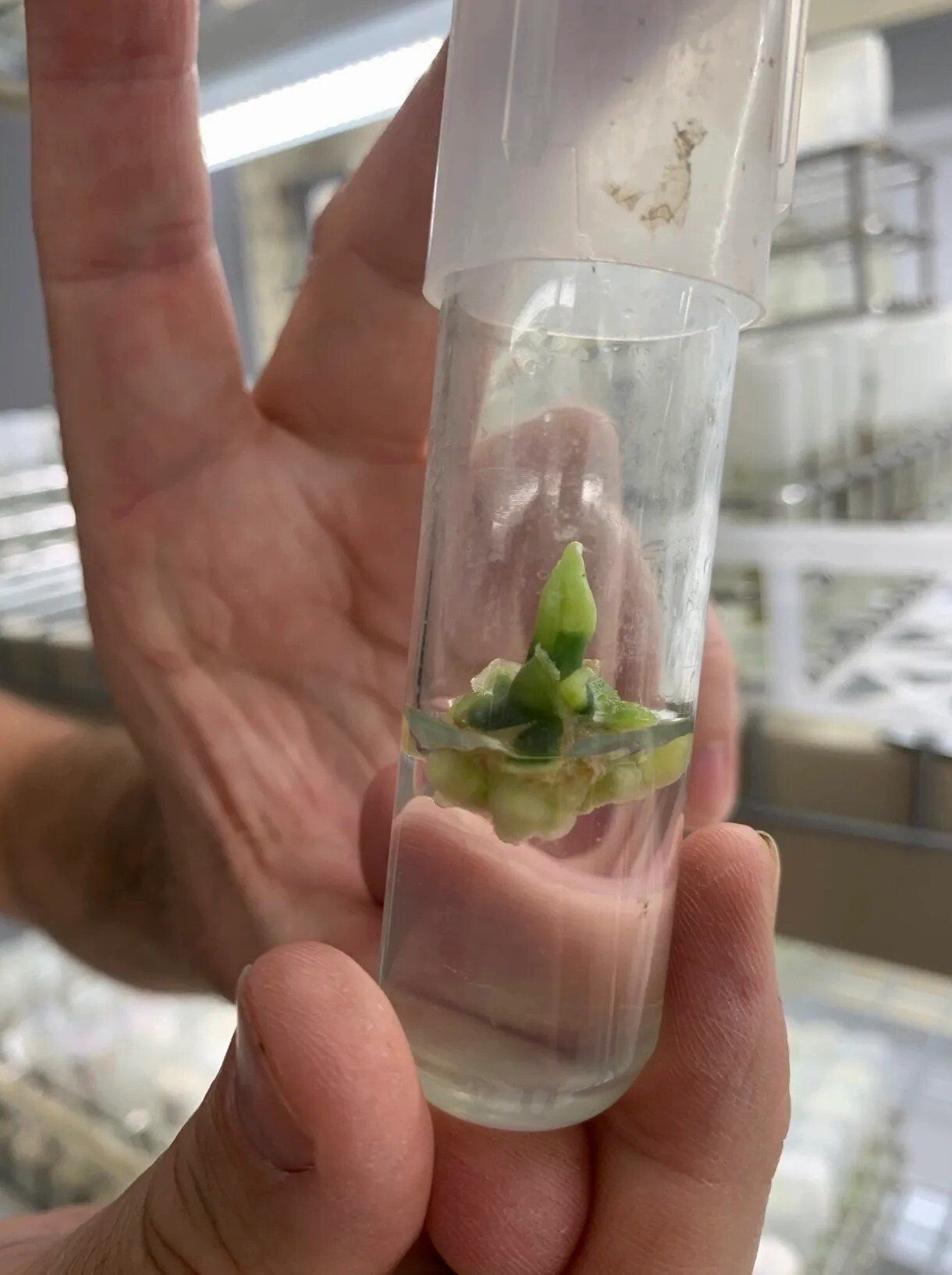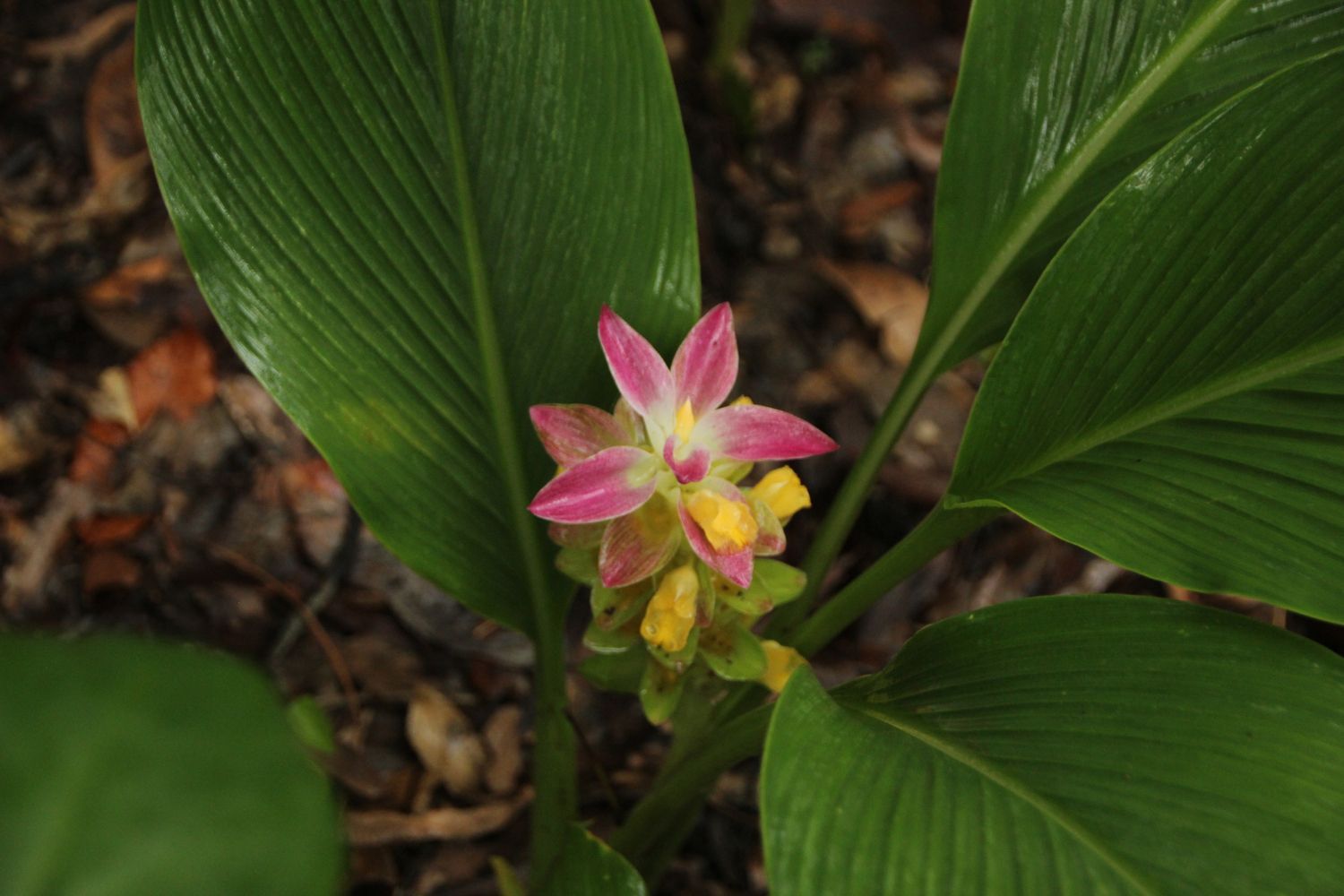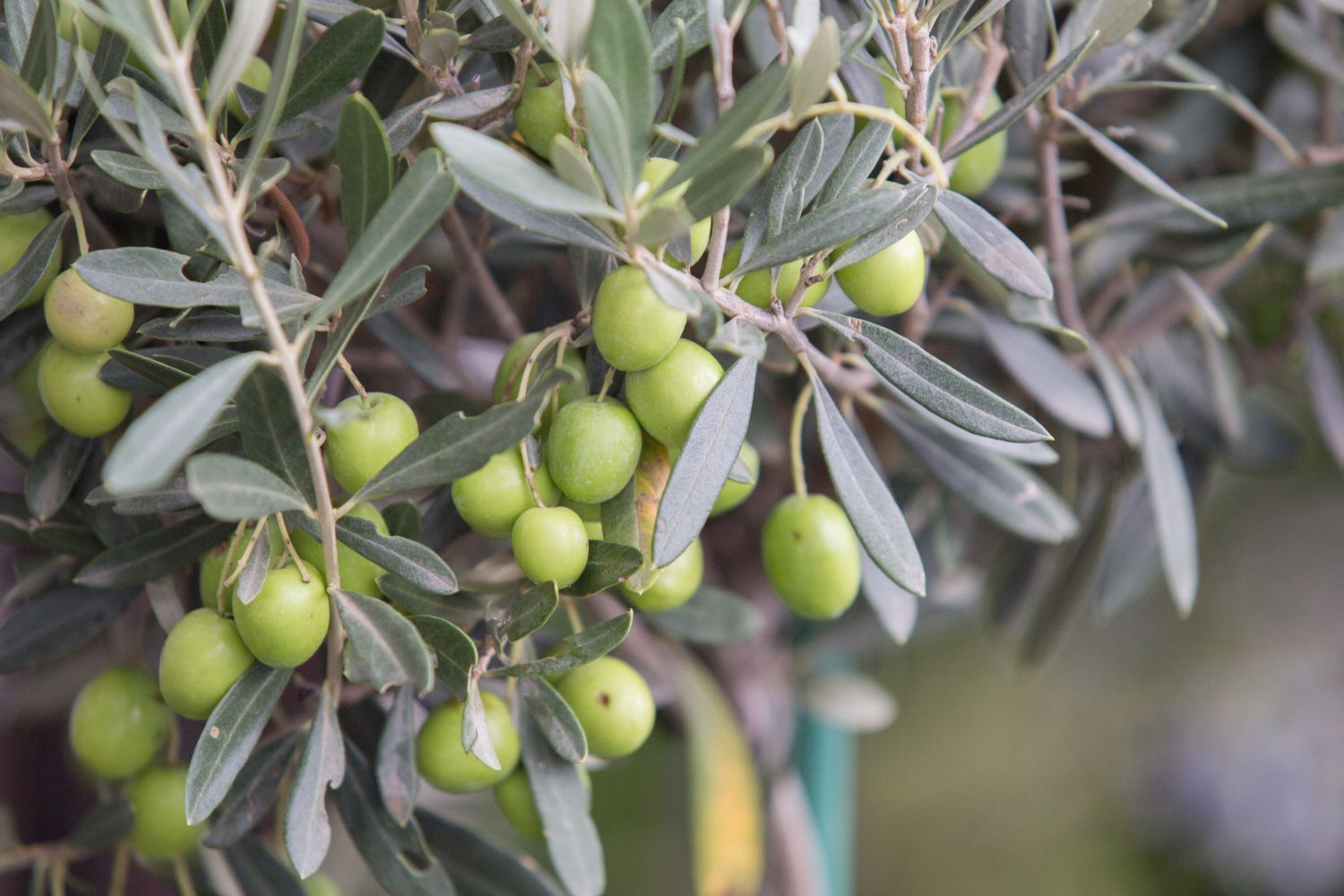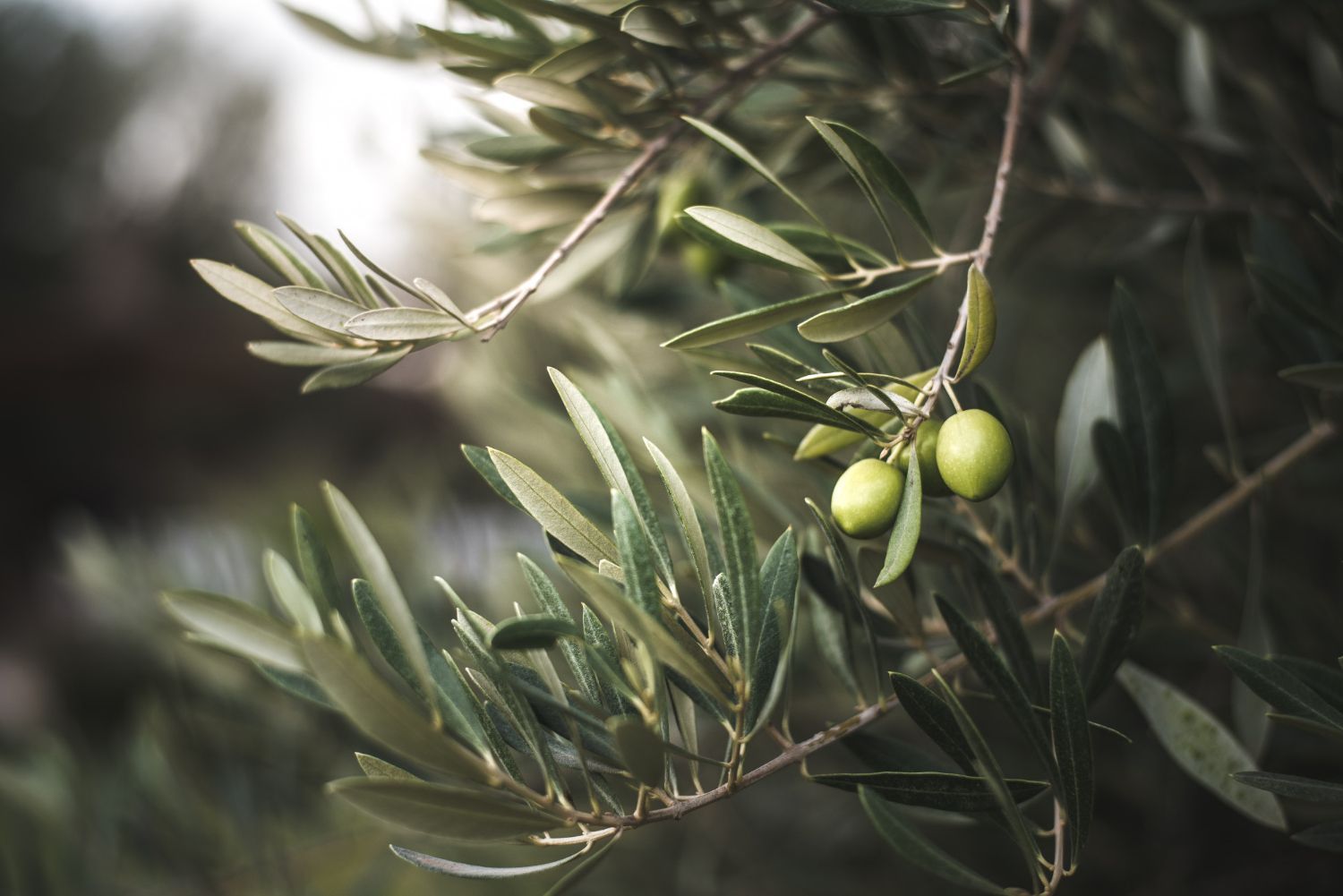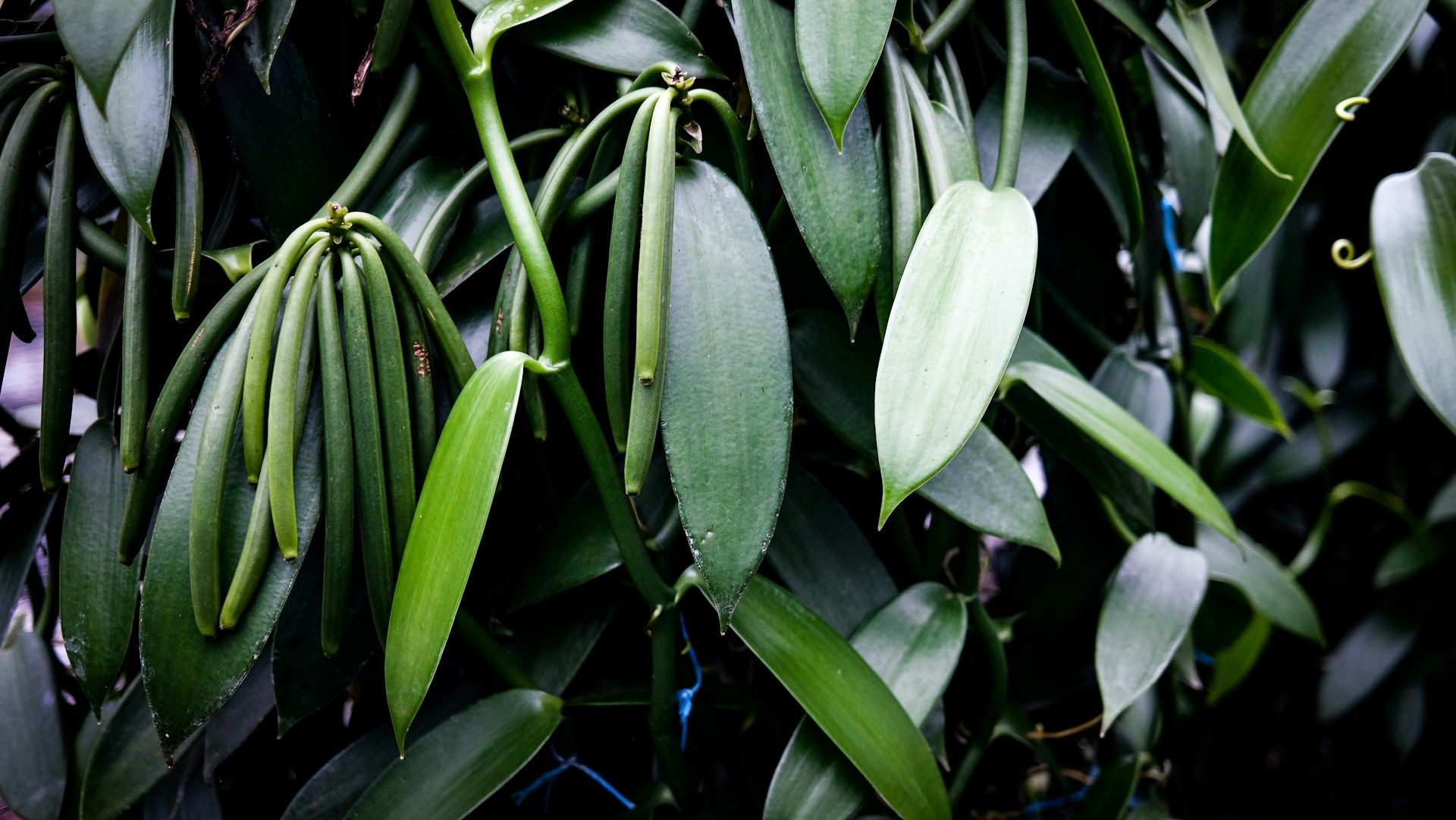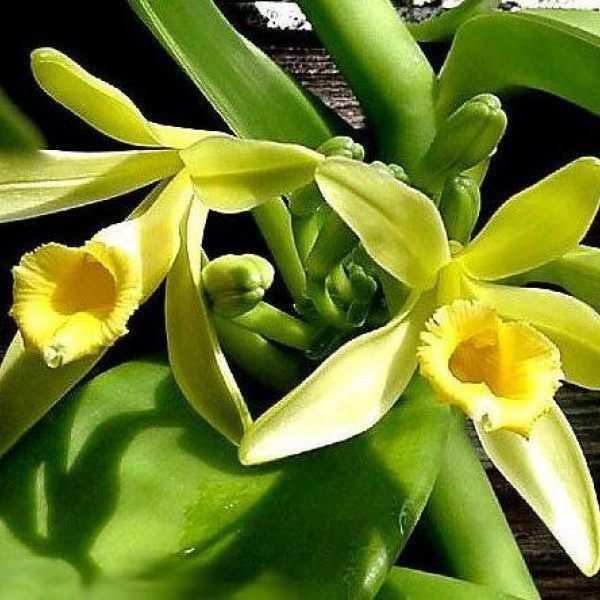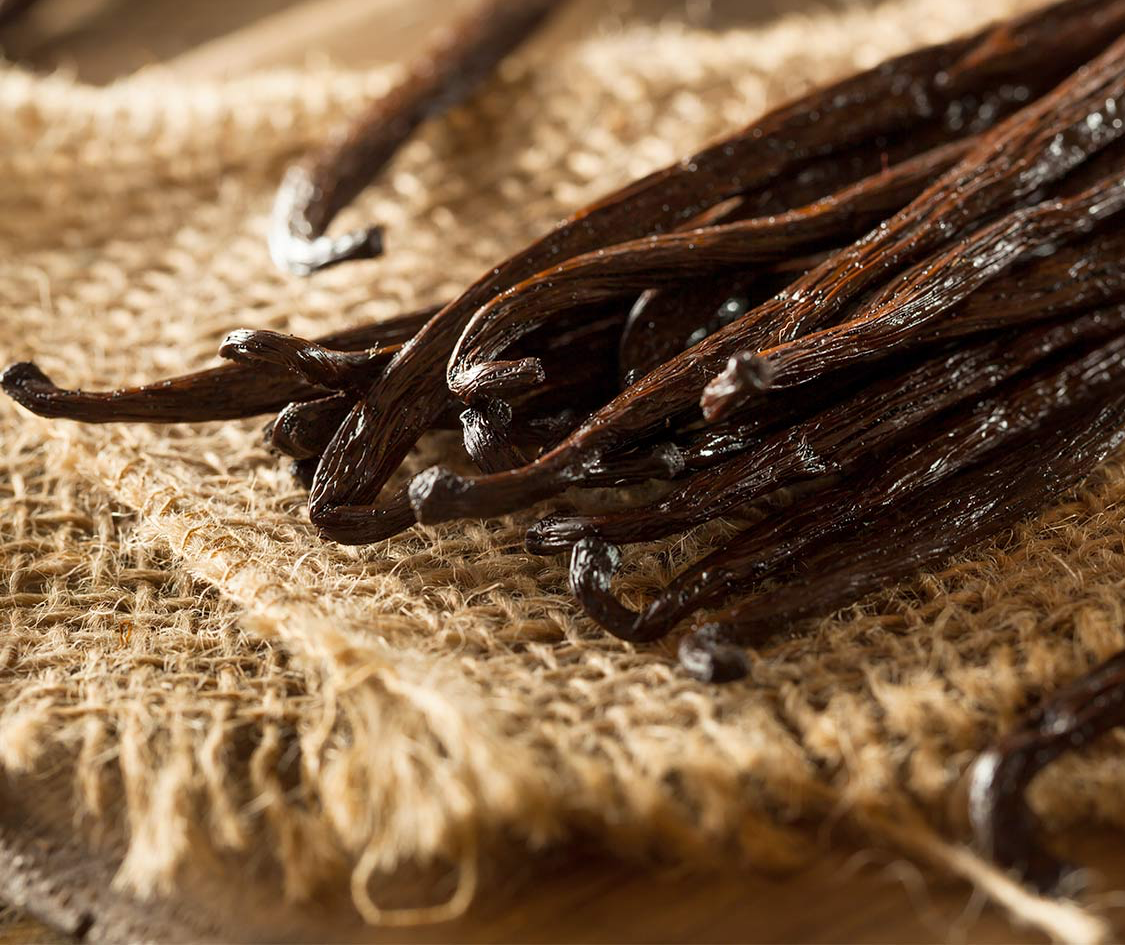Vanilla is one of the world's most popular flavors, but many people don’t know much about its diverse varieties and rich history. Vanilla has been used for centuries, starting with the ancient Totonac people of Mexico. Later, the Aztecs also valued vanilla, using it to flavor their chocolate drinks. When Spanish explorers arrived in the Americas, they took vanilla back to Europe, and its popularity quickly spread.
Today, vanilla is grown in various regions of the world, each producing beans with unique flavors and aromas. The most well-known varieties come from Madagascar, Tahiti, and Mexico, but there are many others, each with its distinctive qualities. Vanilla beans differ based on factors like climate, soil, and growing practices.
The FDA has approved only two types of vanilla for consumption: Vanilla Tahitensis and Vanilla Planifolia. These varieties meet strict standards for safety and quality. Understanding the differences between these and other types of vanilla can help you appreciate the full spectrum of this beloved flavor. In South Florida, we even have native species and naturalized varieties that grow well in our climate, offering unique tastes and aromas that you won’t find anywhere else.
The Rich History of Vanilla
Vanilla has a story that spans thousands of years. The Totonac people of Mexico were the first to cultivate vanilla orchids. They held the plant in high regard and used it for both culinary and ceremonial purposes. When the Aztecs conquered the Totonacs, they adopted vanilla and started using it to enhance the flavor of their royal drink, xocolatl, which also included cocoa.
The Spanish explorers, led by Hernán Cortés, discovered vanilla in the early 16th century and brought it to Europe. It quickly became a favorite among European royalty and was used in desserts and perfumes. However, the vanilla orchid only grew in its native Mexico due to the presence of the blue orchid bee species necessary for pollination.
It wasn't until the 19th century that a young slave named Edmond Albius from Réunion Island discovered that vanilla flowers could be hand-pollinated. This innovation allowed vanilla cultivation to spread to other regions, such as Madagascar, Tahiti, and the Comoros. Today, Mexico, Madagascar, and Tahiti are some of the most well-known vanilla-producing regions in the world.
Varieties of Vanilla from Around the World
Vanilla comes in different varieties, each with unique flavors and aromas. Here are some of the most popular types:
1. Vanilla Planifolia:
Grown in Madagascar and often referred to as Bourbon vanilla, Vanilla planifolia is known for its creamy, rich flavor with sweet and buttery notes. It is the most widely used vanilla variety globally.
3. Vanilla Tahitensis: Grown mainly in French Polynesia, Tahitian vanilla has a floral, fruity aroma with hints of cherry and spice. It is often used in high-end perfumes and desserts.
4. Vanilla Pompona :
This is a rare variety of vanilla native to Mexico and Central America. It's known for its large leaves. It has a unique and fruity flavor profile. Pompona is often used in the perfume industry because it provides a rich and complex aromatic profile.
These varieties owe their unique profiles to the specific climates, soils, and cultivation techniques of their growing regions. By understanding the different types of vanilla, you can better appreciate the nuances and choose the best variety for your culinary needs.
FDA-Approved Vanilla: Vanilla Planifolia and Vanilla Tahitensis
The FDA has approved only two types of vanilla for consumption: Planifolia and Tahitensis. These varieties meet strict safety and quality standards, making them the preferred choice for many chefs and food manufacturers.
Vanilla Tahitensis: Tahitian vanilla is unique because it is a separate species from other types of vanilla. Its botanical name is Vanilla tahitensis. This variety has a floral and fruity aroma with hints of cherry and spice. Tahitian vanilla beans are shorter and plumper than other varieties. These characteristics make Tahitian vanilla popular in high-end desserts, perfumes, and even skin care products.
Vanilla Planifolia is the most commonly used vanilla in the world. The beans are long, dark, and oily, packed with tiny seeds that add specks to vanilla ice cream and other desserts. vanilla planifolia has a creamy, rich, and sweet flavor with buttery undertones. This variety sets the standard for vanilla flavor and is widely used in baking, cooking, and manufacturing.
Understanding the differences between these two FDA-approved varieties can help you choose the right vanilla for your needs. Whether you prefer the exotic fragrance of Tahitian vanilla or the classic taste of vanilla planifolia, both offer unparalleled flavor and aroma.
Native Florida Vanillas and Our Naturalized Varieties
Florida is home to four native vanilla species: Vanilla phaeantha, Vanilla barbellata, Vanilla dilloniana, and Vanilla mexicana. These native species add to the rich botanical diversity of the state and contribute to its unique vanilla profile.
Vanilla phaeantha:
This species is also known as the leafy vanilla. It thrives in South Florida's swamps and forests. Vanilla phaeantha has thick leaves and produces fragrant, greenish-yellow flowers. Its beans are used locally for their distinct flavor.
Vanilla barbellata:
Also called the worm vine vanilla, this species grows in hammocks and mangroves. It has a unique, wiry stem and small flowers. The beans from Vanilla barbellata are less common but still valued for their unusual aromatic profile.
Vanilla dilloniana:
Known as the Dillon's vanilla, this species is rare and found in the wilds of South Florida and the Caribbean. Its flowers are pale green, and its beans have a rich, complex flavor.
Vanilla mexicana:
Often referred to as the Mexican vanilla, this species is widespread and grows well in Florida's climate. It has long, slender pods with a sweet, mellow flavor, similar to the famed Mexican vanilla of its namesake.
At Sunshine State Vanilla, we also cultivated naturalized vanilla planifolia suited to Florida's climate. Our vanilla beans offer unique flavors and aromas that reflect the rich, fertile soils and warm weather of our region, providing a distinct taste experience for vanilla lovers.
Conclusion
Vanilla's journey from ancient Mexico to modern kitchens is a fascinating saga of cultivation, discovery, and flavor. Learning about the different types of vanilla, from the FDA-approved planifolia and tahitensis varieties to the unique native vanillas of Florida, helps you appreciate the diverse world of this beloved spice.
For those seeking the highest quality vanilla grown right here in Florida, look no further than Sunshine State Vanilla. Our expert cultivation practices ensure that you get the best beans, bursting with flavor and aroma. Contact Sunshine State Vanilla today to experience the finest
vanilla products that Florida has to offer. Transform your culinary creations with the unique tastes of our naturalized and native vanilla varieties.
